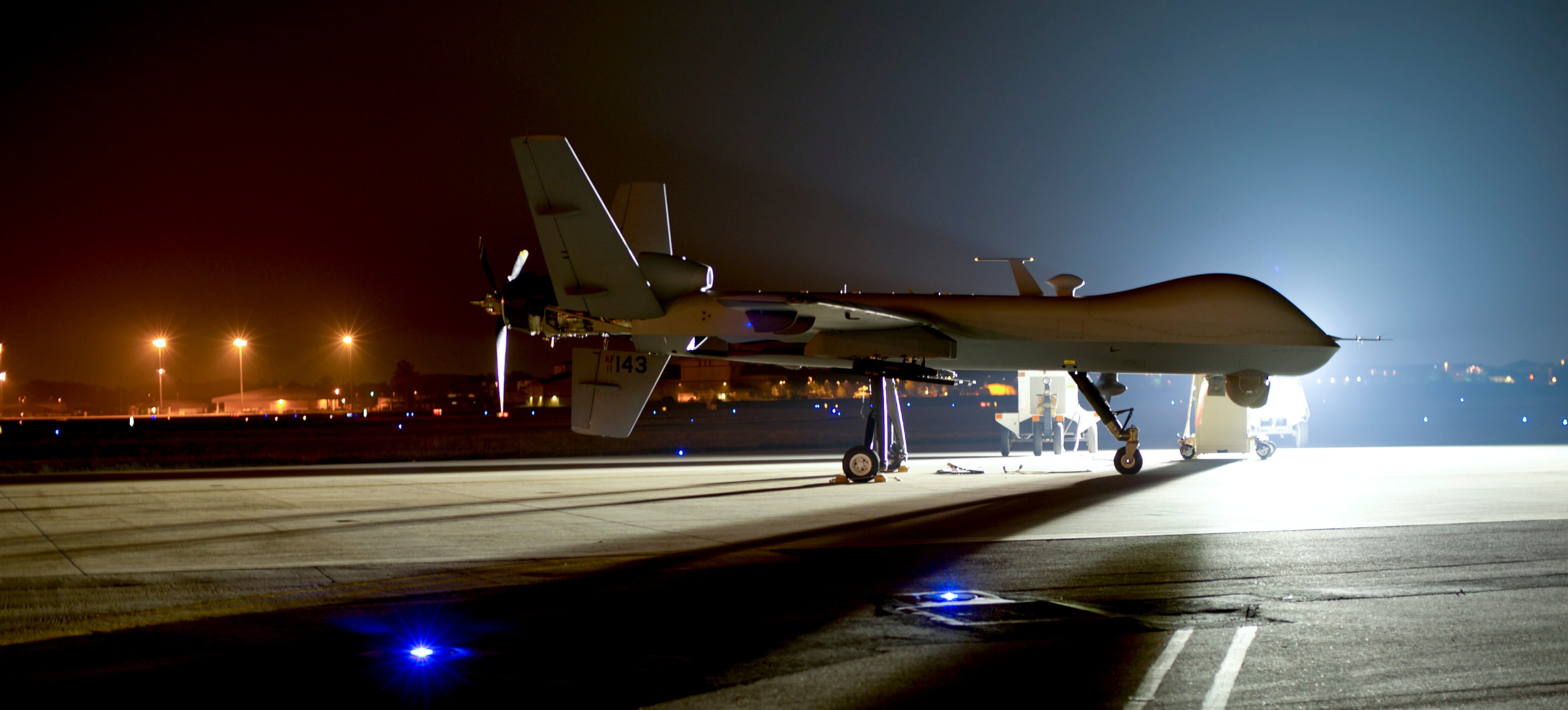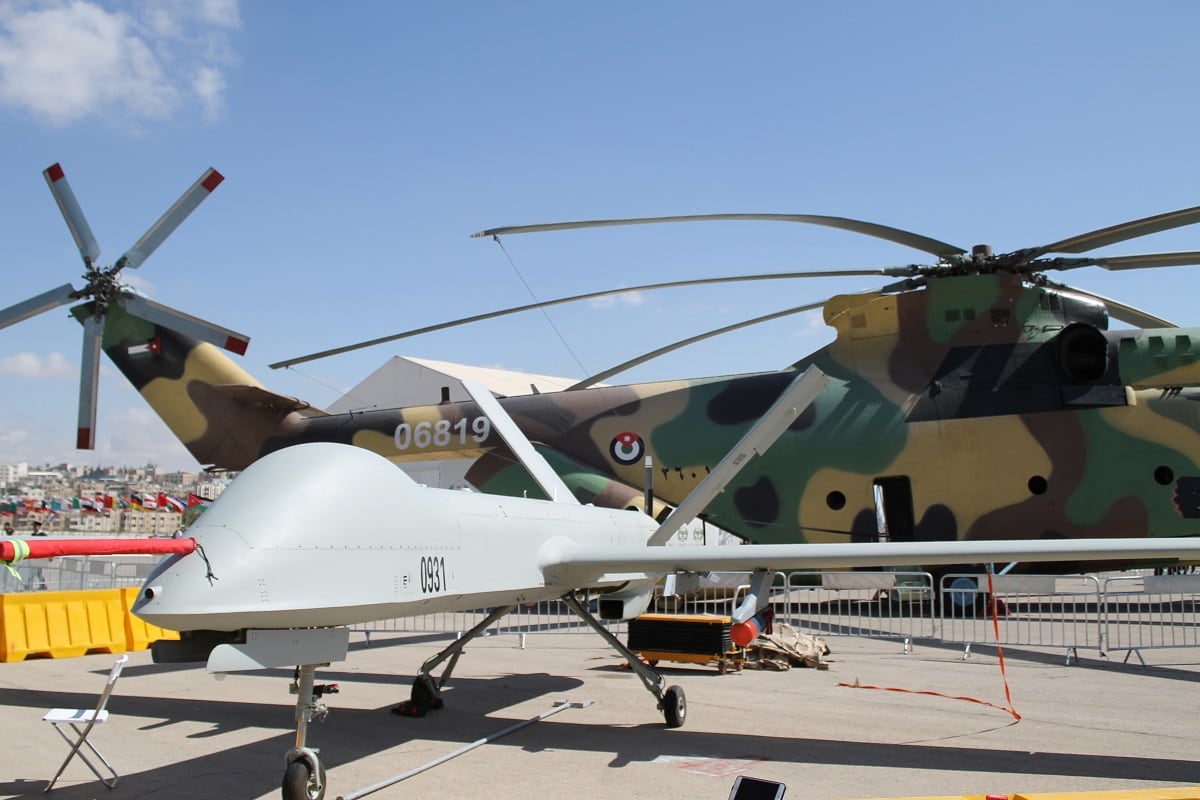WASHINGTON — The United States is preparing a new push to change how unmanned systems are categorized under an international arms agreement, as part of a broad effort to make it easier to sell military drones abroad.
Andrea Thompson, undersecretary of state for arms control and international security, told reporters Sept. 7 that American negotiators are aiming to introduce modifications to the Missile Technology Control Regime — an agreement among 35 nations that governs the export of missiles and drones — when the group has a November meeting.
“We’ve had those discussions, we’ve done the policy review and we’re working through the MTCR on what steps need to be taken,” said Thompson, who added she was “confident” the U.S. was engaging in a transparent way with other signatories of the agreement.
“We’ve had those discussions and will continue to have those discussions up and through this engagement later this year,” she said.
The MTCR has long been a thorn in the side of drone advocates. The agreement covers large unmanned systems, such as the MQ-9 Reaper, because of a technicality that identified such systems as once-use missiles and not aircraft that will be reused multiple times; advocates argue that designation makes no sense for the way large UAVs are used.
Systems that carry 500-kilogram payloads for more than 300 kilometers are considered “category-1” systems, which comes with a “presumption of denial,” meaning countries tied into the MTCR need to have a very compelling case to sell them.
RELATED

Last October, American officials floated a whitepaper to allies proposing that any air vehicle that flies under 650 kilometers per hour would drop to “category-2” and thus be subject to approval on a case-by-case basis, as opposed to having to follow the more strict “category-1” policies.
Most medium-altitude, long-endurance systems like General Atomics’ MQ-1 Predator and MQ-9 Reaper fly at slow speeds, with the Reaper clocking in with a cruise speed of 230 mph, or 370 kph, according to an Air Force fact sheet. Northrop Grumman’s RQ-4 Global Hawk, a high-altitude drone used for intelligence, surveillance and reconnaissance, flies at a cruise speed of about 357 mph, or 575 kph.
American industry and others have raised the concern that China or other competitors will fill the void for countries to whom the U.S. won’t sell, something Thompson echoed during her interview at the Defense Writers Group.
“We’ve seen it with our competitors. If we’re not in the region, and if we’re not there with our U.S. equipment, there are other countries that will fill that gap,” Thompson said.
RELATED

However, she declined to say if last year’s whitepaper is the specific proposal American negotiators would be bringing in November, saying only: “We’re already in discussion with partners now … we’re in discussion with folks — all positive thus far.”
But Rachel Stohl, managing director with the Stimson Center, warns that the U.S. needs to be cautious when pursuing potential changes to the MTCR, as it opens the risk of encouraging “non-MTCR members to sell more drones to less desirable actors.”
“It might be necessary, but we would be foolish not to recognize potential risk of changing an agreement. There are always unintended consequences,” she said.
Aaron Mehta was deputy editor and senior Pentagon correspondent for Defense News, covering policy, strategy and acquisition at the highest levels of the Defense Department and its international partners.







